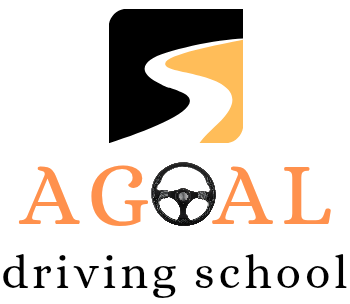Introduction:
Let’s face it—winter in Minnesota isn’t for the faint of heart. Between icy roads, heavy snowfall, and below-zero temps, even experienced drivers can feel challenged. Whether you’re a new driver or just need a winter refresher, a quality driving school can teach you the skills to stay safe. Here’s how you can prepare for Minnesota’s toughest season behind the wheel.
Why Winter Driving is Different in Minnesota
Minnesota winters bring a unique set of driving hazards:
- Black ice that’s nearly invisible
- Snow-packed streets and drifting snow
- Limited visibility during storms
- Subzero temperatures affecting car performance
- Increased stopping distances
This is why winter driving isn’t just about being careful—it’s about being prepared.
Top Winter Driving Tips from Minnesota Instructors
1. Slow Down—Always
It sounds simple, but it’s the #1 rule in winter. Lower speeds mean more control and shorter stopping distances on slick roads.
2. Increase Your Following Distance
On dry roads, 3 seconds is fine. In winter, aim for at least 6 seconds between you and the car in front.
3. Brake Gently
Slamming the brakes can cause skids. Instead, use slow, steady pressure—especially if your car doesn’t have anti-lock brakes (ABS).
4. Know How to Handle a Skid
Don’t panic. Take your foot off the gas, steer in the direction you want to go, and avoid overcorrecting.
5. Clear Off Your Car Completely
That means all windows, mirrors, headlights, and the roof. Flying snow and ice can be dangerous for you and other drivers.
What You Learn in a Minnesota Driving School
Many Minnesota driving schools offer winter-specific training or integrate it into their regular curriculum. Here’s what you can expect:
- Real-world practice on icy and snowy roads
- Emergency braking and skid recovery techniques
- Night driving safety in winter conditions
- How to spot and avoid black ice
- Preparing your car for cold-weather driving
This kind of hands-on experience is invaluable, especially for new drivers.
Winter Emergency Kit: What to Keep in Your Car
Every Minnesota driver should keep an emergency kit in their vehicle during winter. Here’s what to include:
- Ice scraper and snow brush
- Jumper cables
- Flashlight with extra batteries
- Warm blankets and gloves
- Sand or kitty litter for traction
- Shovel
- Portable phone charger
- First-aid kit
- Snacks and bottled water
You never know when you might get stuck—and being prepared can make all the difference.
Final Thoughts
Winter driving in Minnesota is tough, but with the right training and preparation, you can handle it like a pro. A good driving school doesn’t just teach you how to drive—it teaches you how to stay safe when conditions get rough. Whether you’re a teen, an adult, or just someone who dreads the first snowfall, investing in winter driving lessons could be the best decision you make all season.



